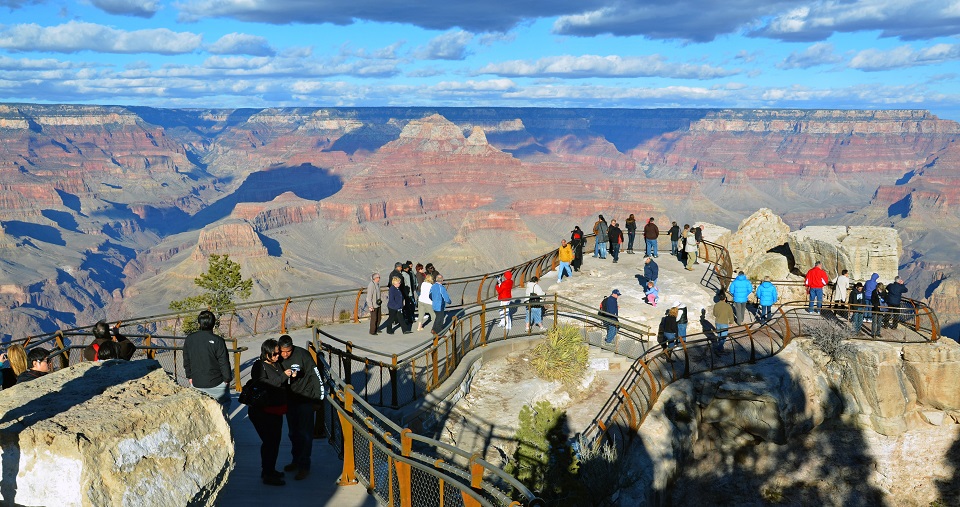As a district that uses the Google Suite of products in our classrooms, I have found many ways to capitalize on the ability to share documents with other people.
Students collaboratively work on assignments with each other, I can share a document template for them to work on, and I can communicate both with them and with families more easily. Hosting all our daily notes, assignments, and other resources on our Google Sites Classroom website helped keep everyone informed, provided a place for students to find work when they were absent, and allowed for review of information at any time.
It has also helped with individual student communication in a couple of ways. For a student with very limited English Language skills, I was able to use the translating tool in Google Docs to translate documents for her to read. She could also type responses in Spanish, and then I could translate them back to English. This tool helped bridge communication and build a relationship. By the end of the semester, she was comfortable saying short sentences to me in English, versus the one-word answers she previously used.
Another occasion presented itself where I was able to provide daily feedback on a student via a shared Google document.
Amongst the many learning styles we have in the classroom, we also have students with different learning abilities. Coupled with that are students with various disabilities who may have difficultly attending class.
One student in particular was having a hard time in class; each day exhibited a different behavior and attention span. Talking to the student at the end of each class, and speaking with the Special Education teacher and parents weren't making much of a difference.
Ultimately, the goal was to find a way to keep the student in the classroom despite the suggestion to do otherwise. Everyone agreed to try a behavior checklist that the student would bring to class each day. We wanted him to have that responsibility, but I also quickly saw that I needed a spot to write comments on the particulars of how the day went.
Using the checklist as a start, I created a Google Sheets file that I shared with the Special Education Teacher and parent. Each day, as the student and I completed his checklist, I duplicated the information on the spreadsheet and added in my comments. The student quickly came to enjoy having me do this, especially on the days he did well in class.
Pretty soon, the good days far outnumbered the not so good days, and everyone was kept informed as to how things were going. This communication tool was a real benefit to everyone involved and was even part of the re-evaluation meeting we had at the end of the school year.
For myself, I was really happy to see the positive impact it had on the student himself and our relationship in class. This relationship extended outside of class and he would stop by to see me each morning to find out what we were going to be doing - an added bonus as I think this helped prepare him for what to expect each day.
